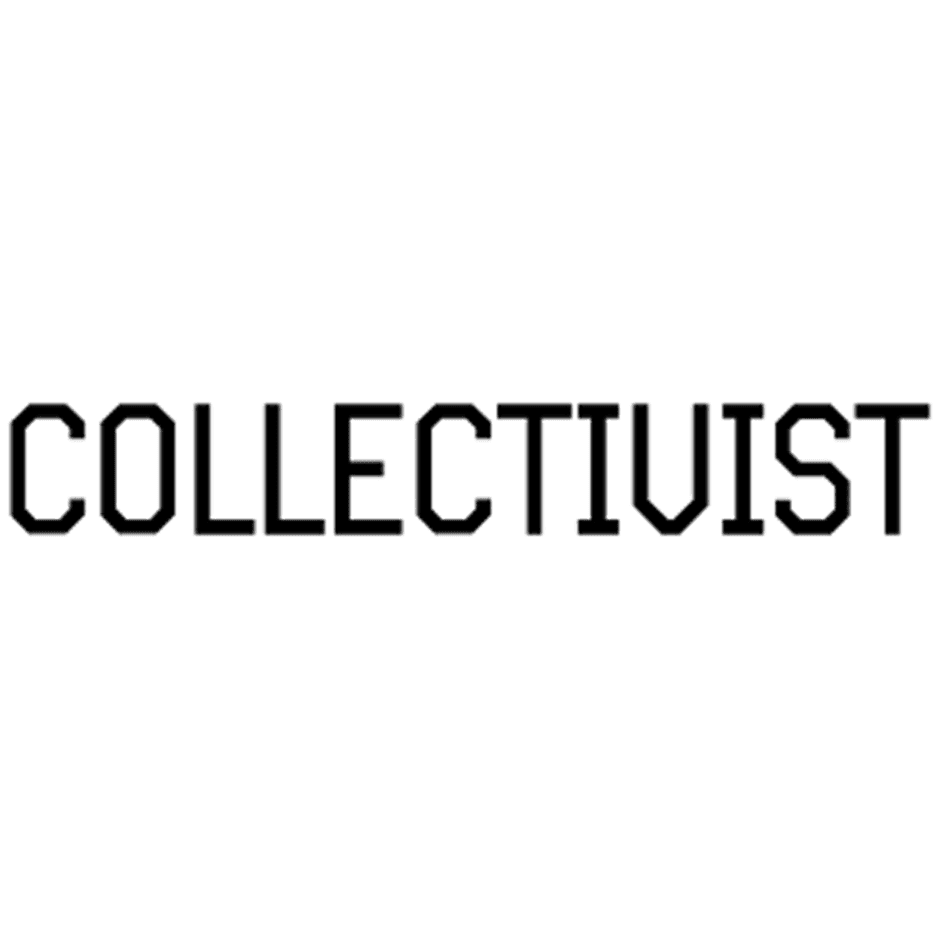Ongoing investment of billions of rands by multiple businesses into the country’s digital ecosystem – ranging from fibre optic cables to wireless networks and the data centres that host the content we consume – bodes well for both local individuals and organisations in South Africa as more of our work, education and entertainment takes place online.
This marks a vast difference from just over a decade ago, where a major obstacle for internet users was the lack of subsea cables landing in the country, which posed a challenge for those who needed to quickly and reliably access content hosted in international data centres. Once more subsea fibre optic cables started landing in South Africa – SEACOM, WACS and EASSy to name a few of the early ones – this had a positive effect in terms of a decline in the cost of accessing the internet.
Since then, there has been an explosion in the number of subsea cable projects looking to connect Africa with Europe and even America, and the focus then had to shift to local distribution; here, a number of companies have made significant progress in extending local fibre networks and ensuring that users around the country have more widespread access to a quality internet connection.
Data centres
However, one of the biggest improvements for South African users has been in the local data centre space. Over a decade ago, the vast majority of internet traffic had to transverse the various undersea cable systems, but now, investment in local data centres has reached the point where major digital providers, such as Google and Microsoft, are hosting their content in nodes here.
This means that their local users are now much closer to the digital content they need, and are less reliant on using subsea cables, resulting in a much improved user experience. Past experience has shown that this usually results in increased consumption of these providers’ content by local users.
As a result of these developments, we are now seeing a growing interest from international companies into data centres in the country, resulting in global operators looking to invest into South African data centre operators, such as the recent acquisition of a majority stake in Teraco Data Environments by US-based Digital Reality. This can be seen as a sign of trust in the local digital infrastructure ecosystem, and can help in persuading more global content operators to host their infrastructure or data locally.
Fibre network upgrades
Given the huge capacity that fibre optic cables can transport, FNOs just have to upgrade their equipment and ensure sufficient backhaul capacity in order to provide higher line speeds for individual users. While going higher than 1Gbps – the highest consumer offering on many fibre networks – might seem like overkill at present, the continued growth in data consumption tells a different story.
Just the switch to remote working saw an increase in data consumption by home users of 30% on Frogfoot’s fibre network, and this is likely to persist in order to support what we want to do online. This includes consuming video content in higher quality, or even virtual reality gaming. With latency having a direct correlation to the user experience, continued investment in South Africa’s digital infrastructure ecosystem will be required if we are going to support the broad adoption of these activities, and bring content closer to the users, perhaps using a far more distributed data centre architecture than what can be seen presently.
Local FNOs, subsea fibre optic cable companies, data centre operators, as well as the international content providers need to be given credit for the strides that have been made over the past decade, despite the multiple challenges faced. This includes having to run cables from Europe all the way to the Southern tip of Africa, and to come up with business models that take into account the lower affluence of African users, as compared to those from developed countries. While this initially led to a lag in investment, the sheer volume of users on the content has now seen a growing number of players within the digital ecosystem looking to tap into this market.
By Shane Chorley, Head of Sales and Marketing at Frogfoot.


